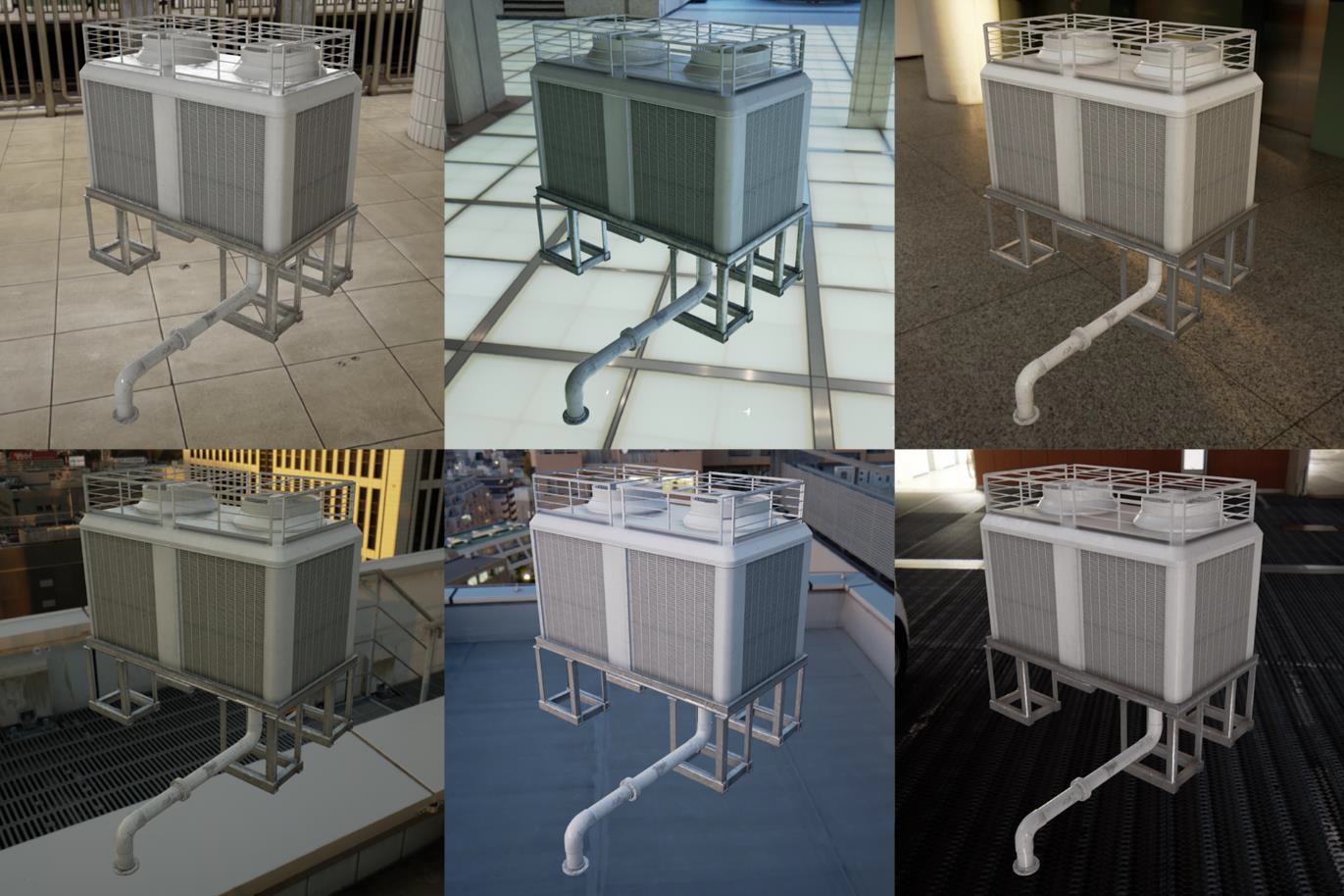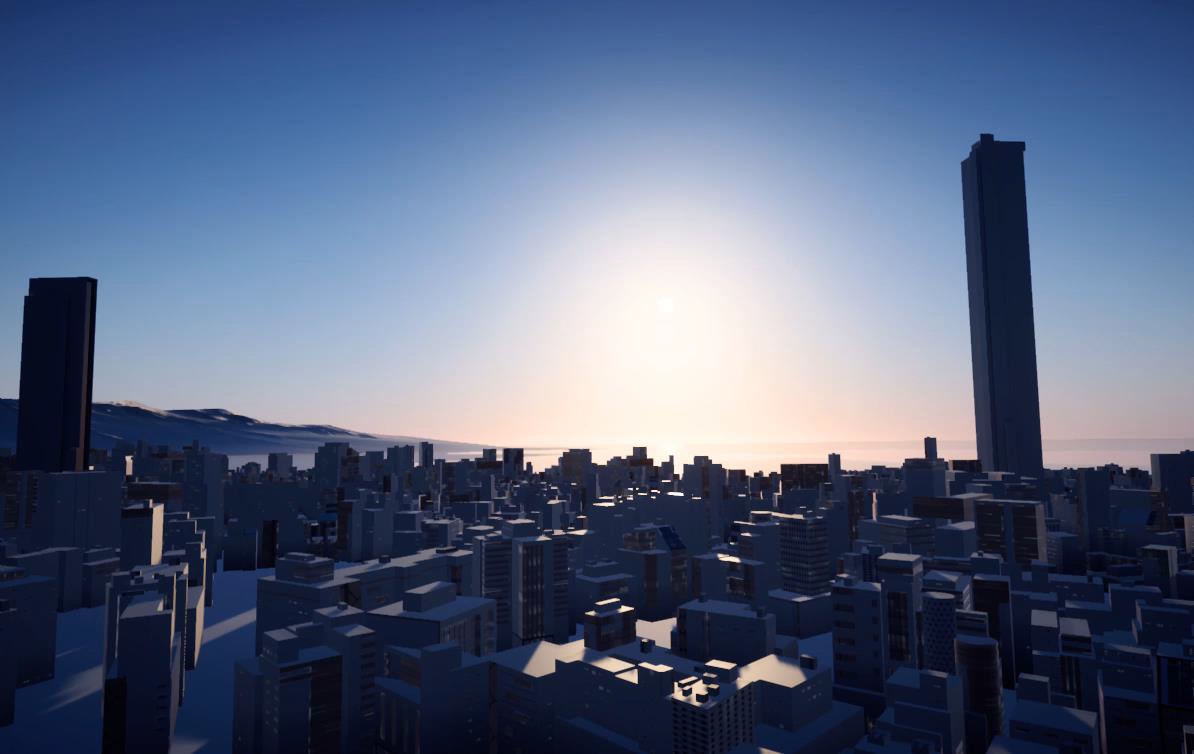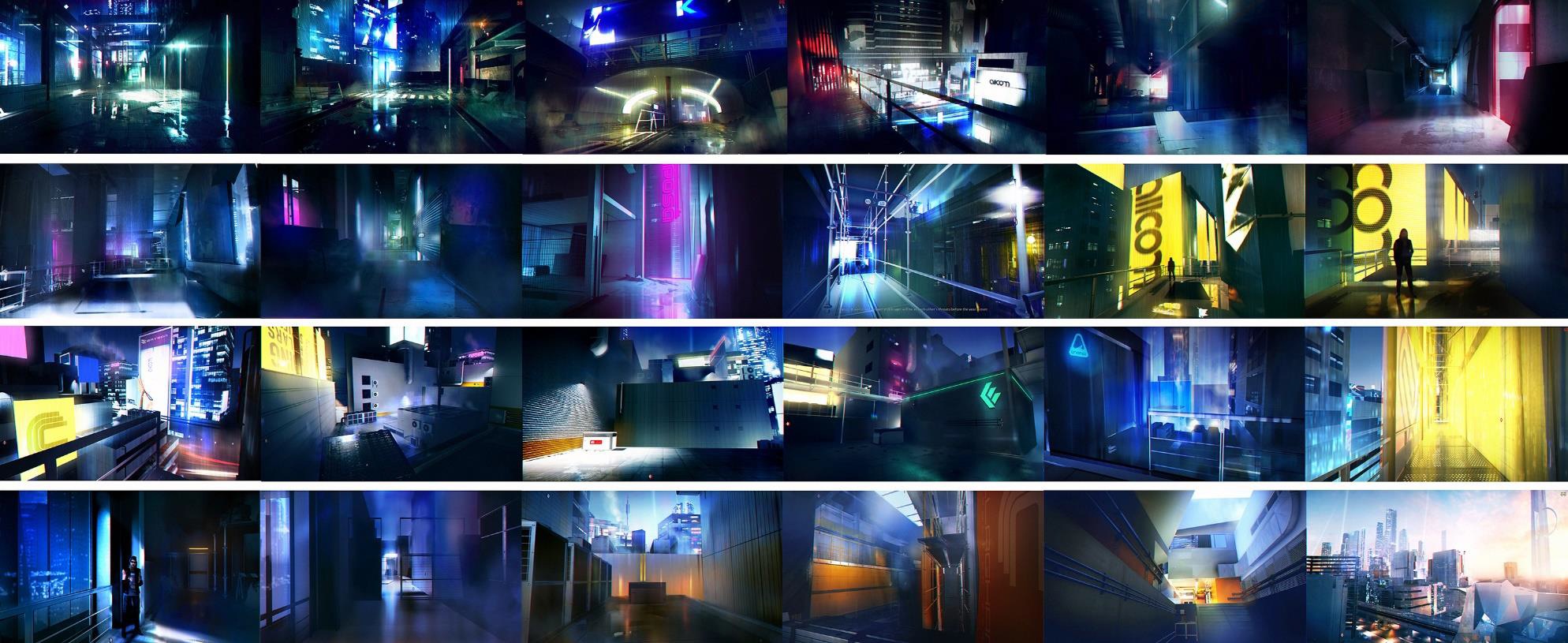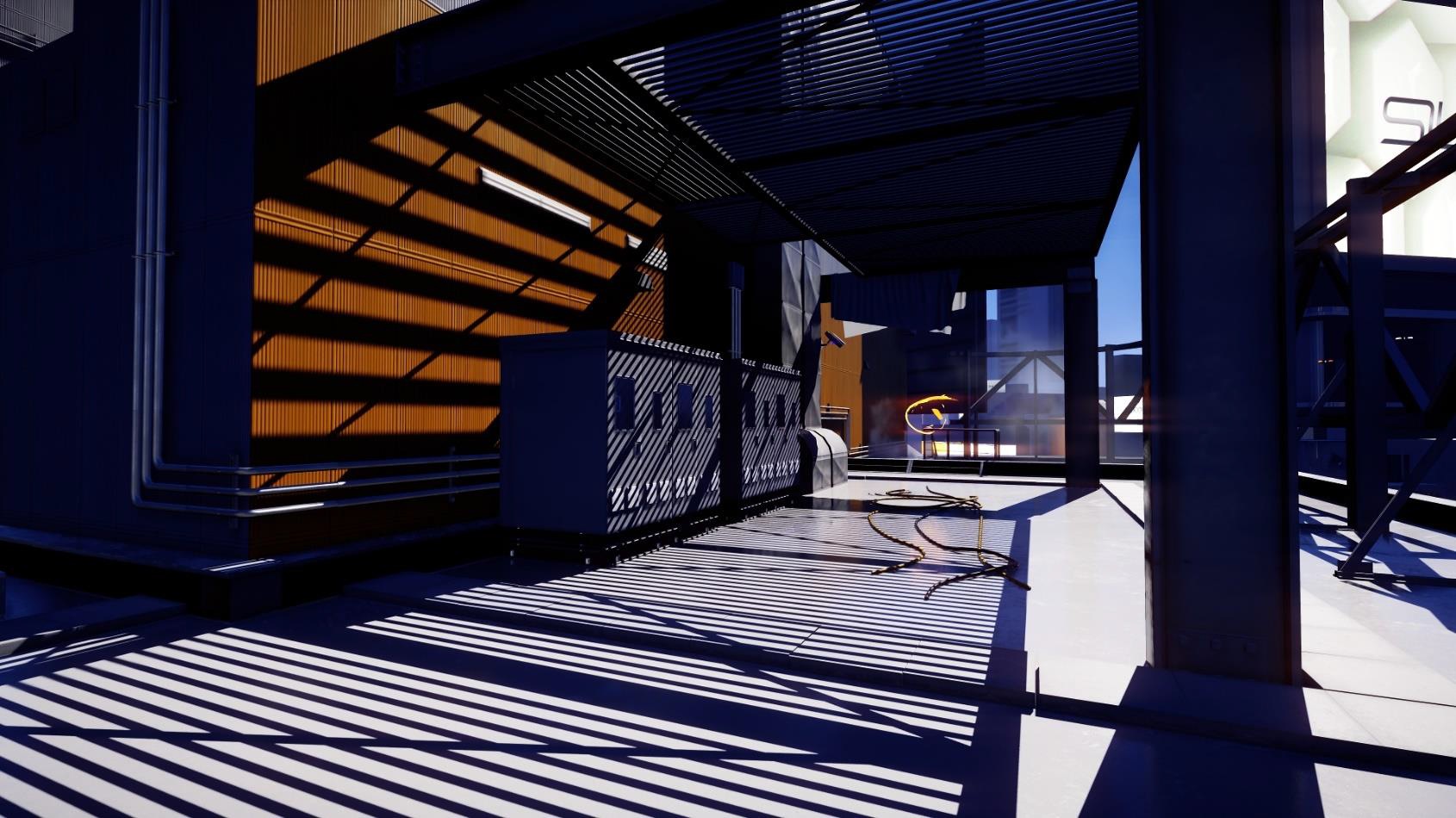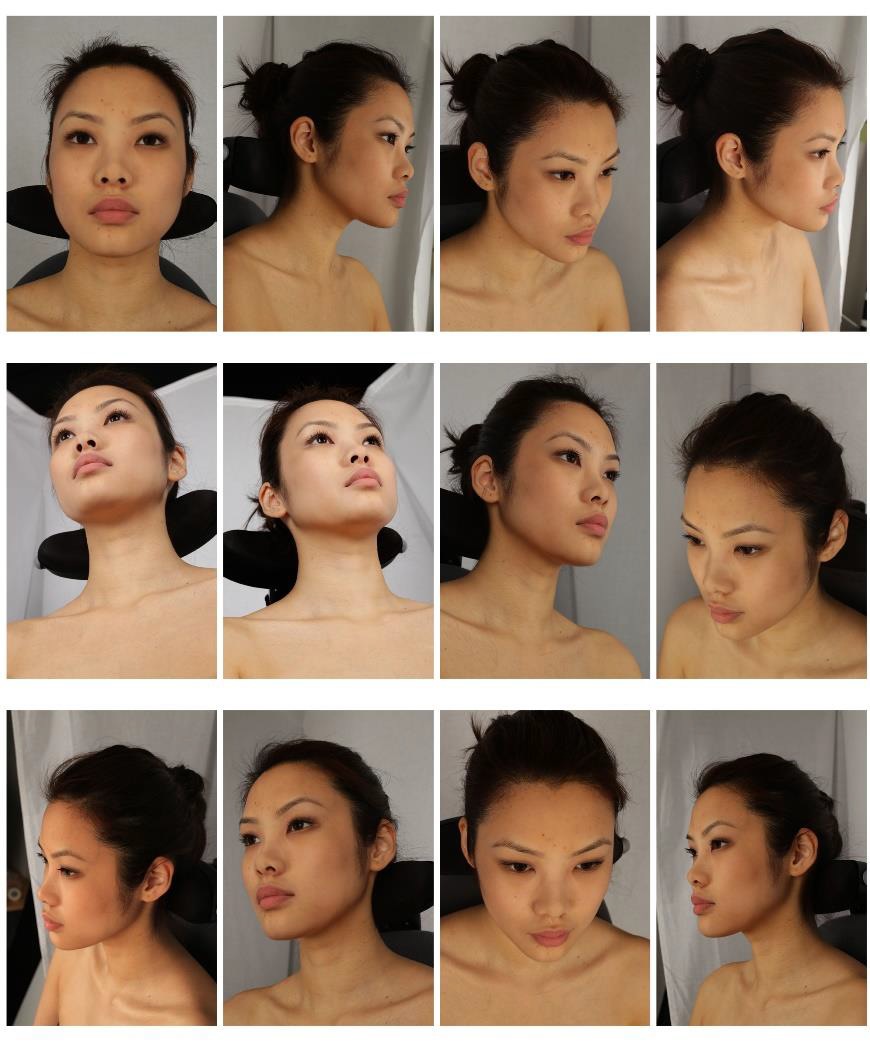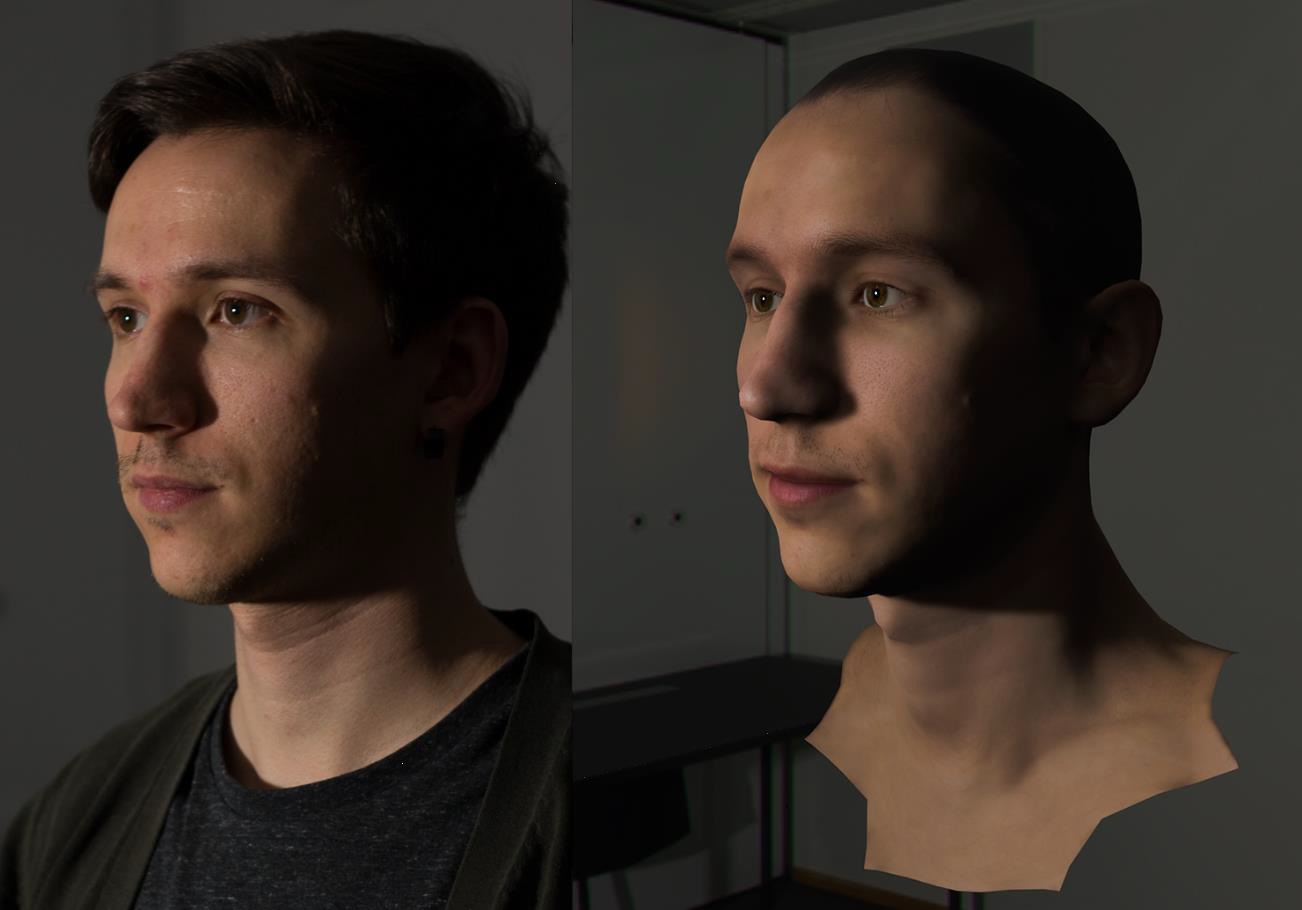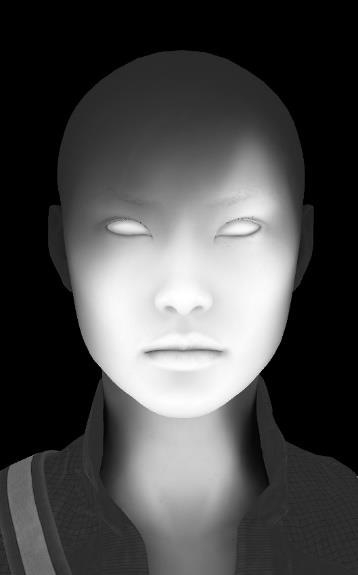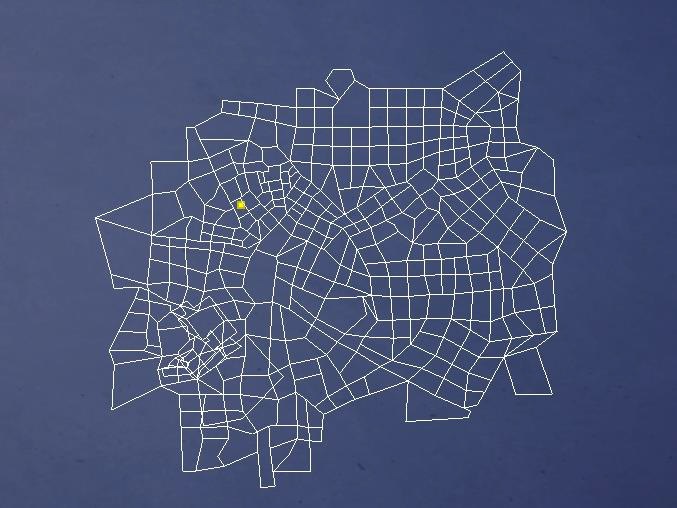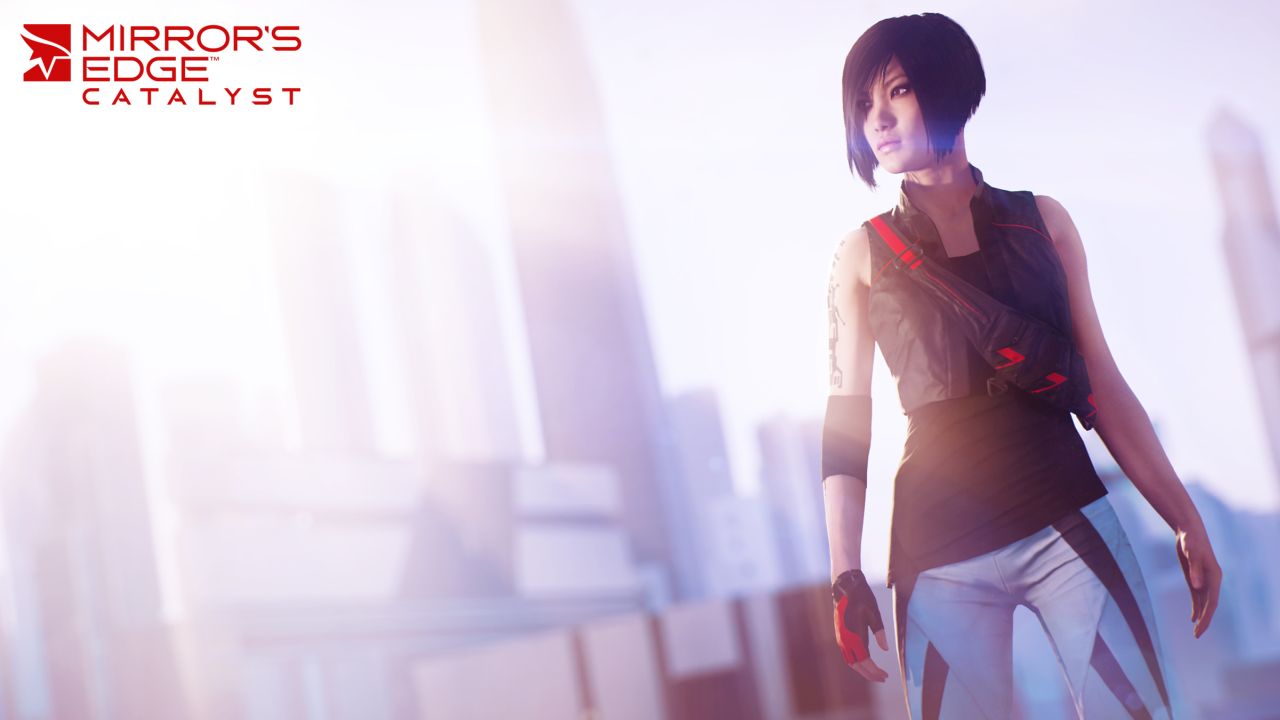
GDC is upon us and that means tons of new and exciting hardware and game tech news is round the corner. Yesterday EA and Dice senior lighting artist Fabien Christin showcased the lighting effects and some gorgeous screenshots of Mirror’s Edge Catalyst in a presentation. The WIP screenshots showed detailed lighting effects on various levels and environments and carefully detailed human characters. Here is the detailed tear down of the tech which has been used during the Mirror’s Edge : Catalyst development :-
Mirror’s Edge: Catalyst has a day/night cycle.
•The game has a strong narration revolving around the history of the City of Glass and the rise of Faith.
•There were four major challenges: ◦Creating a Time of Day system.
◦Can we even make Mirror’s Edge with dynamic lighting?
◦Making believable characters for cinematics.
◦Creating stylized images with Physically Based rendering.
•The game’s camera is a physical camera with accurate exposure values: Shutter Speed, Aperture, ISO, and realistic depth of field.
•The team gathered references for the City of Glass in Tokyo.
•The team created a “physically based sky” for the game, with precomputed atmospheric scattering, sun intensity that actually illuminates the sky and realistic sun elevation. Sun and moon can be used at the same time as light sources.
•There are two cloud planes lit by the sky.
•It takes 0.75 ms per frame to render the sky on console. 0.35 ms more than a static sky.
•The team wanted deeper blues than a physically correct sky, so they added a Add Rayleigh Scattering Multiplier, with a more dramatic effect.
•A Mie Scattering multiplier was added to prevent aerial perspective leaking through geometry.
•The day/night cycle lasts 48 minutes. Sunrise is at 6 AM, and sunset is at 6 PM.
•Sun shadows are connected to player movement to hide jittery shadows.
•The game uses a real-time indirect lighting solution by Geomerics that has been used in Frostbite engine since Battlefield 3.
•The city divided in hierarchized zones for streaming. ◦17 Ground level zones.
◦83 Buildings zones.
◦391 Props zones.
•Each streaming has it own Enlighten database including: ◦1 Lightmap (Atlas up to 2048*2048) for large static objects.
◦Lightprobes (L2 spherical harmonics) for dynamic and small objects.
◦GI data for relighting.
◦Between 5 and 15 MB.
•Around 30 databases are loaded simultaneously.
•Sun bounces are set to 75% intensity.
•Distant reflections use an old style cubemap updated with the time of day. It’s cheap, but not accurate, as there are reflections of the cityscape where there should be none. This was fixed with a sky visibility mask.
•Local reflections use a Parallax-corrected cubemap that allows moving the capture point. They’re also updated with the time of day.
•Screen space reflections raytrace reflections of what is visible on screen using the depth buffer.
•A lot of work has gone into getting the right white for the game.
•Local lighting is physically based. Tiled Deferred Lighting is used.
•There are up to eight lights cast shadows simultaneously.
•Post-production effects were used to stylize the image.
•Characters were created with face scanning, but they were modified because characters are stylized.
•Subsurface scattering creates realistic skin.
•Eyes have their own shader with parallax for refraction and normal map for iris concavity.
•Hair uses an anisotropic hair shader.
•Cinematics use a lot of lights, for instance one scene uses 472 light sources.
Along with the details Fabien Christin also showed some work-in-progress screenshots from the game. Check out the gallery below:-
Mirror’s Edge : Catalyst tells us the origin story of the protagonist Faith, who appeared first in Mirror’s Edge back in 2008. Its currently under development by DICE and scheduled to release on May 24 this year on Ps4, xbox one and PC.




